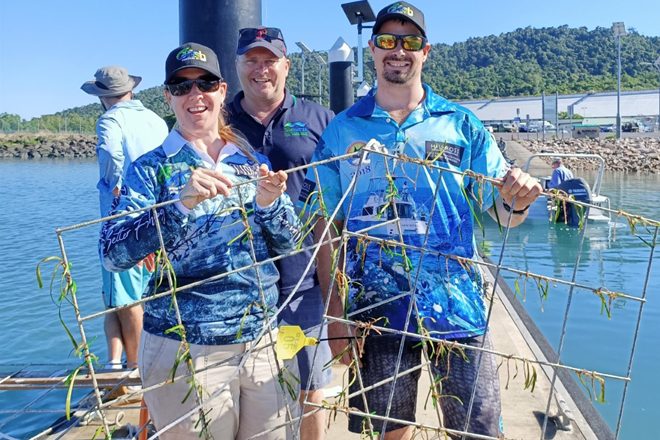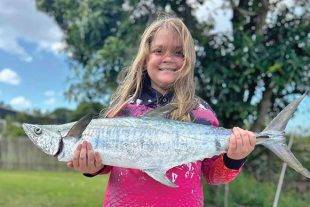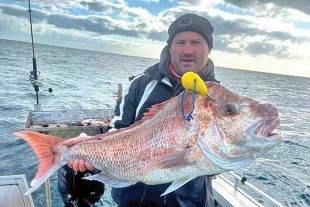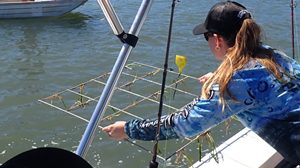
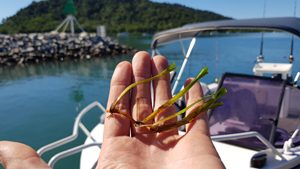
A PILOT project to restore seagrass meadows at Mourilyan Harbour southeast of Innisfail, has started with input from local recreational anglers and university researchers. The trial will assess the success of a unique seagrass restoration technique – deploying seagrass fragments or sprigs attached to mesh frames into a designated section of the harbour.
The work is a collaboration between James Cook University’s Seagrass Ecology Group and Australia’s fishing conservation charity OzFish Unlimited. OzFish senior project manager Dr Geoffrey Collins said the work was an important step towards restoring seagrass meadows.
“As recreational fishers, we understand the importance of seagrass to ecosystem health and to fisheries’ productivity,” Dr Collins said.
“Seagrass meadows support diverse fish communities by providing structural habitat, improving water quality and acting as nursery grounds for juveniles.
“They also support a range of invertebrates and other organisms that fish feed on. “This is an exciting opportunity for recreational fishers to contribute to improving the health of coastal waterways and the long-term improvement of fish stocks.”
Associate Professor Michael Rasheed and TropWATER’s Dr Paul York at James Cook University are leading the project, which will provide valuable information for seagrass restoration in the Australian tropics.
“Mourilyan Harbour is a prime example of where previously dense and productive seagrasses lost in 2010 after major storm damage have failed to return, due to their isolation from other seagrass areas,” Assoc Prof Rasheed said. Seagrass meadows around Australia have declined due to a number of stressors over the past 100 years, including climate events, modified land-use and coastal development.
“Seagrass meadows have generally been allowed to decline and recover naturally following disturbance, however, with increasing pressure from natural events such as floods and cyclones as well as coastal and catchment development, we are seeing a need to assist areas to recover through restoration.” The OzFish and JCU team will continue to monitor seagrass growth and conditions at Mourilyan Harbour during the second half of 2020.
“If these initial trials prove successful, we will look to progress to full-scale restoration in 2021 and to further improve habitat for local fisheries,” Dr York said. It is hoped this project will mirror another successful seagrass restoration project supported by OzFish, where each November community members in Western Australia take part in the ‘Seeds for Snapper’ initiative to restore seagrass meadows in Cockburn Sound, one of the state’s prime snapper breeding grounds.
If you would like to get involved with OzFish and more information about this project, sign up to be a member of the local Cairns Chapter online at ozfish.org.au or call 1800 431 308.
 Bush 'n Beach Fishing Magazine Location reports & tips for fishing, boating, camping, kayaking, 4WDing in Queensland and Northern NSW
Bush 'n Beach Fishing Magazine Location reports & tips for fishing, boating, camping, kayaking, 4WDing in Queensland and Northern NSW

